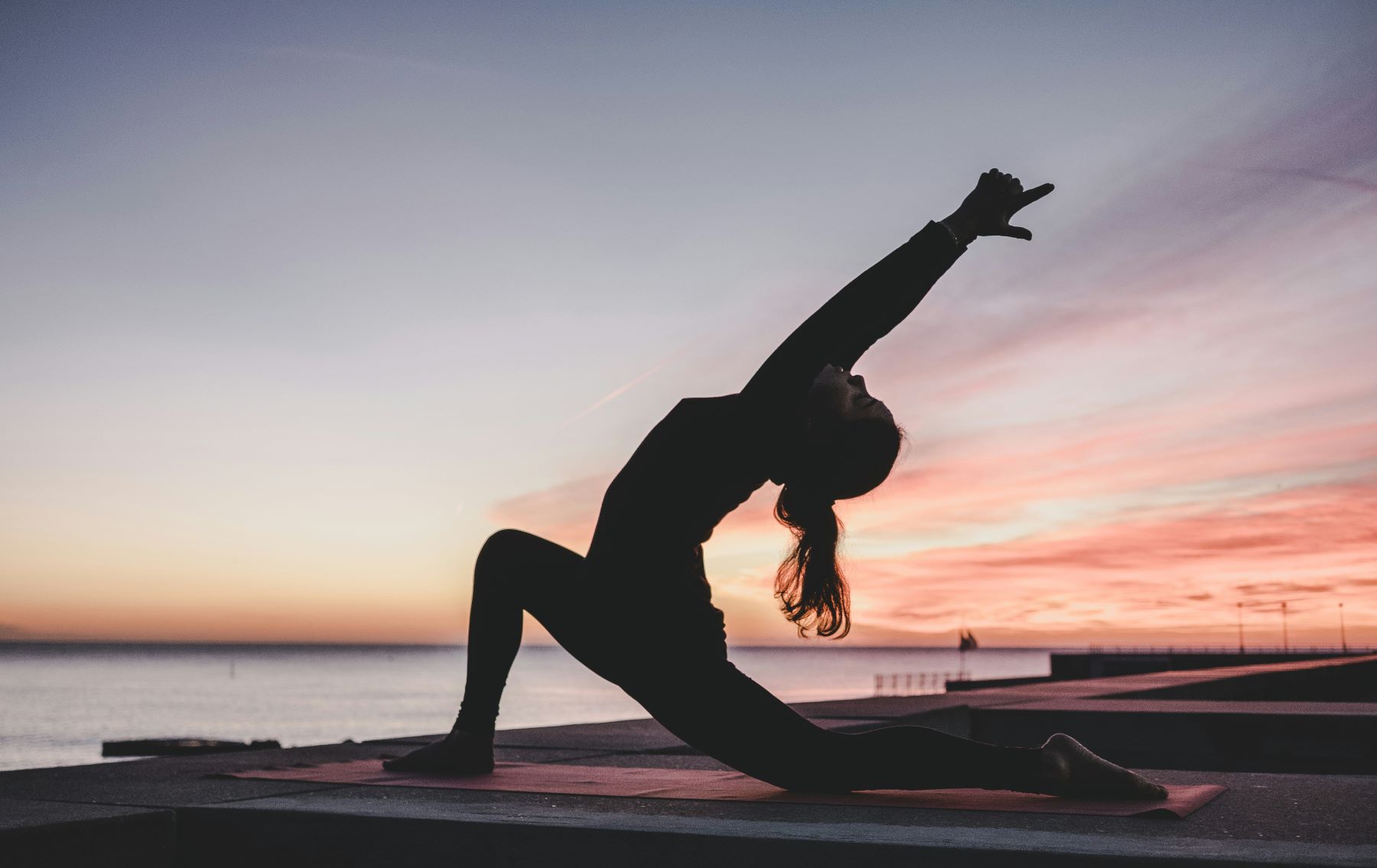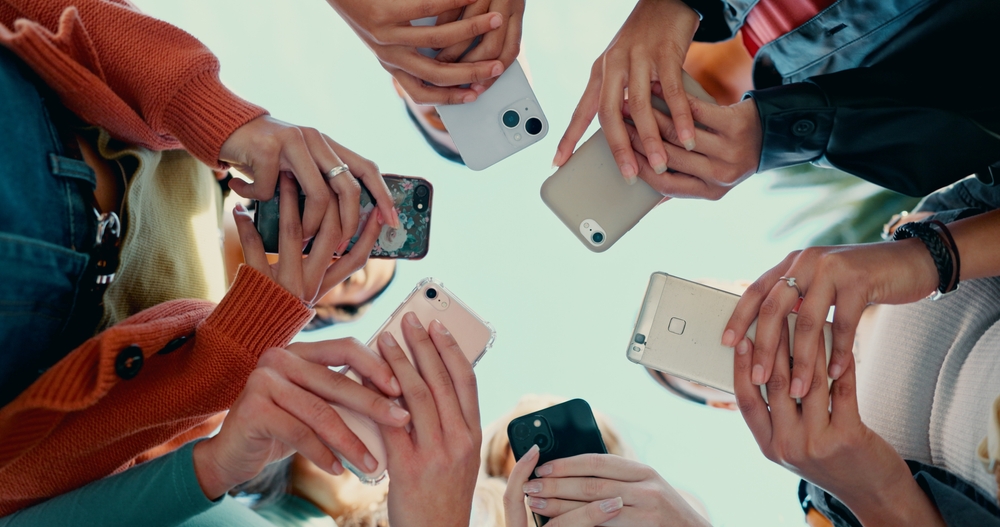Social media has transformed how health and wellness brands connect with their target audiences. According to recent data from Business Insider, the health and wellness industry’s influencer marketing spending reached $4.1 billion in 2023, marking a 25% increase from the previous year. This growth reflects the increasing power of social media personalities to shape consumer health decisions and brand preferences. Through strategic partnerships with fitness trainers, nutritionists, and wellness experts, brands can build trust, increase visibility, and create meaningful connections with their target audiences.
PR Overview
Finding the Right Health and Wellness Influencers
Selecting appropriate influencers requires careful consideration of multiple factors. According to a 2023 study by Influencer Marketing Hub, 61% of consumers trust influencer recommendations more than brand advertisements. This trust factor makes influencer selection particularly important in the health and wellness sector.
When evaluating potential partnerships, start by examining an influencer’s professional credentials. Certified personal trainers, registered dietitians, and licensed healthcare professionals bring additional credibility to your campaigns. For example, supplement brand MyProtein partners exclusively with certified fitness professionals to maintain scientific accuracy in their content.
Engagement rates should take precedence over follower counts. Data from Later.com shows that micro-influencers in the health niche (10,000-50,000 followers) achieve average engagement rates of 5-8%, compared to 1-3% for macro-influencers. These higher engagement rates often translate to better conversion rates for brands.
Consider the influencer’s content style and audience demographics. Review their previous brand collaborations, posting frequency, and audience interaction. Tools like Social Blade and HypeAuditor can help verify audience authenticity and growth patterns.
Creating Effective Content Strategies
The most successful health and wellness influencer campaigns combine educational value with entertainment. According to Social Media Today, video content generates 1200% more shares than text and image posts combined.
Tutorial-style content performs particularly well in this sector. Fitness app Strava reported a 45% increase in user engagement when influencers shared detailed workout demonstrations. Similarly, skincare brand The Ordinary saw a 60% boost in product sales after partnering with dermatologists for ingredient education videos.
Personal transformation stories resonate strongly with audiences. Weight loss app Noom’s influencer campaign featuring real user success stories achieved a 38% higher click-through rate compared to traditional advertising methods.
Content categories that consistently perform well include:
- Before and after transformations
- Day-in-the-life content
- Recipe demonstrations
- Workout routines
- Product integration tutorials
- Q&A sessions
- Expert tips and advice
Promoting User-Generated Content
User-generated content (UGC) serves as powerful social proof for health and wellness brands. According to Stackla, 79% of consumers say UGC highly impacts their purchasing decisions.
Create specific hashtag campaigns to encourage content creation. Protein bar manufacturer Quest Nutrition’s #CheatClean campaign generated over 100,000 user posts by encouraging followers to share their healthy recipe modifications.
Implement reward systems for content creators. Fitness apparel brand Gymshark’s affiliate program rewards influencers with commission rates up to 20% for driving sales through their content, resulting in sustained UGC production.
Showcase user content on your brand channels. Peloton regularly features member success stories on their Instagram account, which has helped build a community of over 2 million engaged followers.
Social media challenges can significantly boost brand awareness and engagement. Research from TikTok shows that branded hashtag challenges average 17.5 times more engagement than standard sponsored posts.
Structure challenges with clear rules and attainable goals. Planet Fitness’s #UniteInKindness challenge asked participants to share acts of kindness during workouts, generating over 10 million views and 50,000 participant videos.
Set appropriate timeframes for challenges. Data from Sprout Social indicates that 30-day fitness challenges maintain the highest completion rates, with 45% of participants staying engaged throughout the duration.
Include multiple participation levels to accommodate different ability levels. When Fitbit ran their StepUp Challenge with varying daily step goals, participant engagement increased by 35% compared to previous single-goal challenges.
Measuring Campaign Performance
Track specific metrics to evaluate campaign success. According to a report by Influencer Marketing Hub, key performance indicators should include:
- Engagement rate (likes, comments, shares)
- Reach and impressions
- Click-through rates
- Conversion rates
- Brand mention sentiment
- Sales attribution
Use tracking tools effectively. UTM parameters help attribute website traffic to specific influencers, while unique discount codes measure direct sales impact. Fitness supplement company MyProtein reported that influencer-specific discount codes accounted for 40% of their direct-to-consumer sales in 2023.
Monitor long-term impact through brand lift studies. Meditation app Headspace conducted quarterly brand awareness surveys, finding that influencer marketing increased brand recognition by 28% among their target demographic.
Building Long-term Relationships
Successful influencer partnerships often extend beyond single campaigns. According to a study by Mediakix, long-term influencer partnerships generate 300% more engagement than one-off collaborations.
Develop ambassador programs to maintain consistent brand representation. Yoga brand Alo’s ambassador program maintains relationships with over 100 certified yoga instructors, resulting in steady organic content creation and sales growth.
Provide ongoing support and resources to influencer partners. Regular product updates, exclusive information, and early access to new releases help maintain authentic enthusiasm for your brand.
Conclusion
Success in health and wellness influencer marketing requires strategic planning, authentic partnerships, and consistent measurement. Focus on building relationships with credentialed professionals who align with your brand values. Create engaging content that provides real value to audiences while maintaining compliance with industry regulations.
Start by identifying potential influencer partners based on engagement metrics and professional credentials. Develop a content strategy that combines educational value with entertainment, and implement clear tracking systems to measure campaign performance. Remember that long-term partnerships often yield better results than one-off collaborations.
Take action by auditing your current influencer marketing strategy against these best practices. Identify areas for improvement and begin implementing changes systematically. With careful planning and execution, influencer marketing can become a powerful driver of growth for your health and wellness brand.
How To Run Compliant Web3 Influencer Campaigns
Web3 projects face a precarious balancing act: they need influential voices to cut through market...
How AI Is Transforming Influencer Marketing
The influencer marketing industry stands at an inflection point. After years of explosive growth,...
Gaming’s Role in Fitness and Wellness Marketing
The collision of gaming culture and wellness marketing has created something remarkable: a new...




